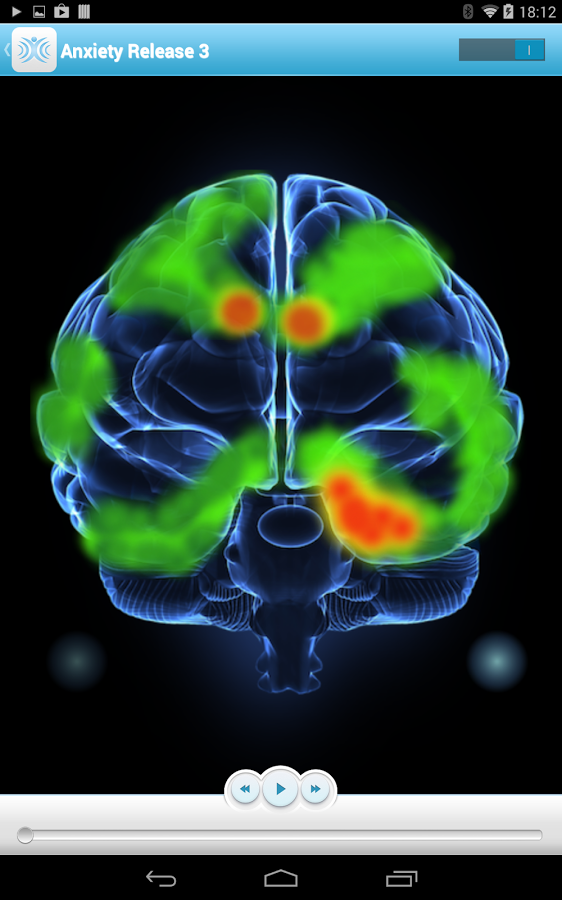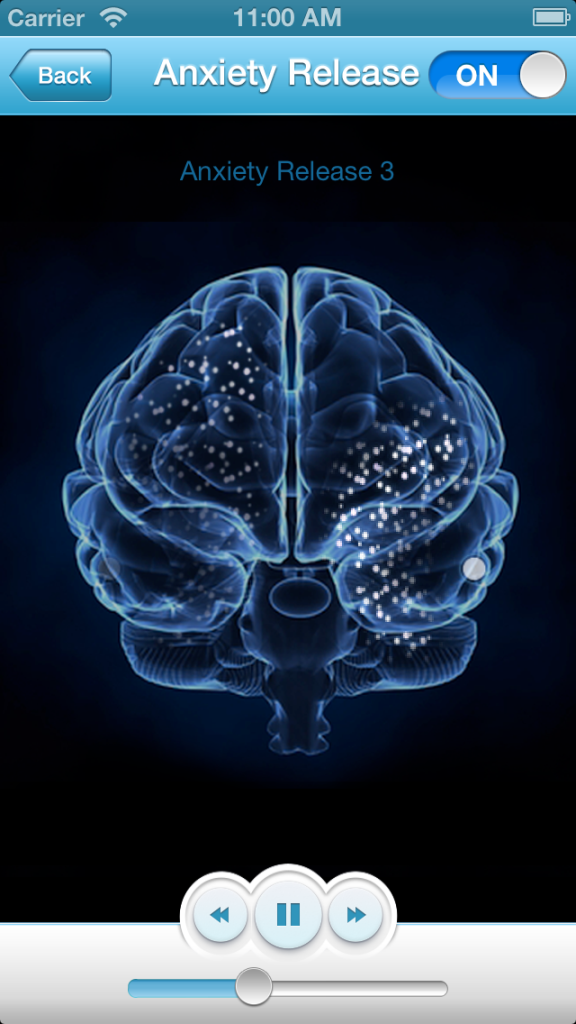Anxiety is an emotion. Emotions exist to guide us about how to react to different situations. The purpose of anxiety is to warn us to get ready for some future threat. The threat might be known or unknown, which is why you can feel anxious even though there is nothing particularly wrong in your life. Thousands of years ago anxiety would have been triggered by life-threatening events, such as the foot-fall of a sabre-tooth tiger. Nowadays, anxiety can be triggered by things such as enclosed spaces, social situations, having to work in unsafe conditions, the list is endless. Although such anxiety about non-life-threatening situations may seem irrational it’s really just an exaggerated version of what happens when we are faced with a real life-threatening event. The anxiety response can be magnified by stress, especially during childhood, health problems and genetic factors. Genetics are thought to account for about a third of your chances of having anxiety, about the same chances that you will have the same cholesterol count as your parents. But anything which takes away the feeling that you have control over your life can be anxiety-provoking. A lot of anxiety comes from not knowing what is going to happen in the future – both in relation to specific events and just in general. An interesting thing about anxiety is that, its easier to turn on than it is to turn off. But if you think of anxiety as an evolutionary survival response this makes good sense; better to get anxious about something which turns out to be nothing rather than not get anxious about something which turns out to be a real threat.
Anxiety and your brain
Although we mainly experience anxiety as a bodily sensation, anxiety actually comes from the part of your brain which is responsible for emotions. You can think of your brain as being divided into four quadrants, ‘top’ and ‘bottom’ and ‘left’ and ‘right’ and this structure reflects how your brain functions. Roughly speaking, the bottom half deals with sensation and emotion while the upper half deals with thoughts, although feelings really straddle the two. Anxiety and fear are mediated by the amygdala, which is located in the centre-front of your brain, about two-thirds of the way down (near where your brain narrows into the brain stem). The amygdala is where sensory inputs from the environment are initially processed. It also has connections to long-term memory which helps with threat detection. Your brain is a ‘bottom-up’ system which means that feelingstend to drive thoughts rather than the other way around. It is possible to control feelings with thoughts, but usually only temporarily. The left side and right side deal with many different functions, but for the purposes of this app you only need to know that the left hemisphere is responsible for narrow focused attention, which anxious people are more prone to.
Although anxiety seems to start with something “out-there”, as we can see, anxiety is very much “in-here” … in your brain. So this is a good place to start if you want to learn how to tame anxiety. Just as your brain can be trained to produce anxiety, through too much stress, it can also be trained to not feel anxiety. Your brain’s capacity to for re-wiring is known as neuroplasticity. For a long time it was thought that your brain couldn’t change, but this has now been found to be incorrect, which is great news. Changing the anxiety response means working WITH your brain in terms of how it processes information. Since your brainis a bottom-up system, the most effective way to neutralize anxiety is to stimulate the lower, sensing part. This is why many people find sounds such as waves on a beach or rain on a roof soothing – they are appealing directly to this lower region of the brain. Unfortunately, such stimuli are only temporarily effective because they are not sufficiently interesting to permanently alter the brain activity associated with anxiety. To really change anxiety you need a stimuli that does three things:
1. It must be soothing
2. It must be interesting enough to your brain to prefer it to the anxiety provoking stimuli
3. It must hold your attention long enough for the relaxation it causes to actually be integrated into the emotional memory response.
The ‘magic’ of Bilateral brain stimulation
Music, natural sights and sounds are soothing, but their effects wear out over the long-term. Visualizations can help, but they require concentration and a good imagination – capabilities which can be lost when overcome with anxiety.
There is only one type of stimuli that is both relaxing and interesting enough to hold your attention long enough to change the anxiety response; non-verbal auditory bilateral stimulation. As the name suggests, and for the purposes of this application, Bilateral stimulation involves paying attention to alternating left and right auditory tones. When the areas of your brain responsible for processing sensory stimuli detect bilateral stimuli (which are heard as though the sound is moving left to right and vice-versa) they go into a state of high alert and your attention is automatically diverted from whatever was making you feel anxious to the bilateral stimulation. This is called the orienting response and it performs a very important evolutionary function. 40,000 years ago, when mankind lived on the savannah, our survival depended upon being able to notice and identify moving stimuli
– is that rustling the sound of a tiger coming through the grass or just the wind?
Once your brain has worked out what the sound is, it sends a message to your body to relax, its nothing to worry about and you return to what you were doing (or thinking .. including what you were feeling anxious about).
The advantage of Bilateral visual and/or audio stimulation is that as long as it is present, your attention can never return to the situation that is provoking your anxiety. The reason for this is that there is no habituation with bilateral stimulation, it keeps your orienting system “on” and your thinking system “Off.” This is because although your brain knows it is not a sabre-tooth tiger, it still cannot ignore any kind of external “moving” stimuli. That old survival response will never let you down. So as long as the bilateral stimulation remain a focus of attention, you will find it very hard to have anxious thoughts or feelings. Bilateral stimulation is a key treatment element of Eye Movement Desensitization and Reprocessing (EMDR) one of the most innovative and effective psychological treatments for Posttraumatic Stress Disorder.
Imagine if you could “forget” how to feel anxious?
In addition to the relief obtained whilst focusing on bilateral stimulation, the part of your brain that generates anxiety also gets re-wired. This is because the brains responses to the bilateral stimulation (ie; relaxation) actually get linked-up to the anxiety-provoking stimuli and a new, less anxious, memory is formed. This is a NATURAL process, it happens all the time, you’re just not conscious of it. Here an example; Remember when as a kid you felt scared of the dark, and then you gradually got used to it and your fear disappeared? This happened naturally, as a result of repeatedly falling asleep when you were so tired that you couldn’t stay awake anymore, and nothing bad happening. As you grew older and got used to falling asleep naturally you eventually forgot to feel anxious. The more that you use the App to overcome anxiety, the less anxious you will feel about the things that trigger your anxiety and soon you will “forget” to feel anxious and that problem will become a part of your past.
Click here to download The Anxiety Release App from iTunes.
Click here to download the Android version of Anxiety Release App based on EMDR from Google play.

